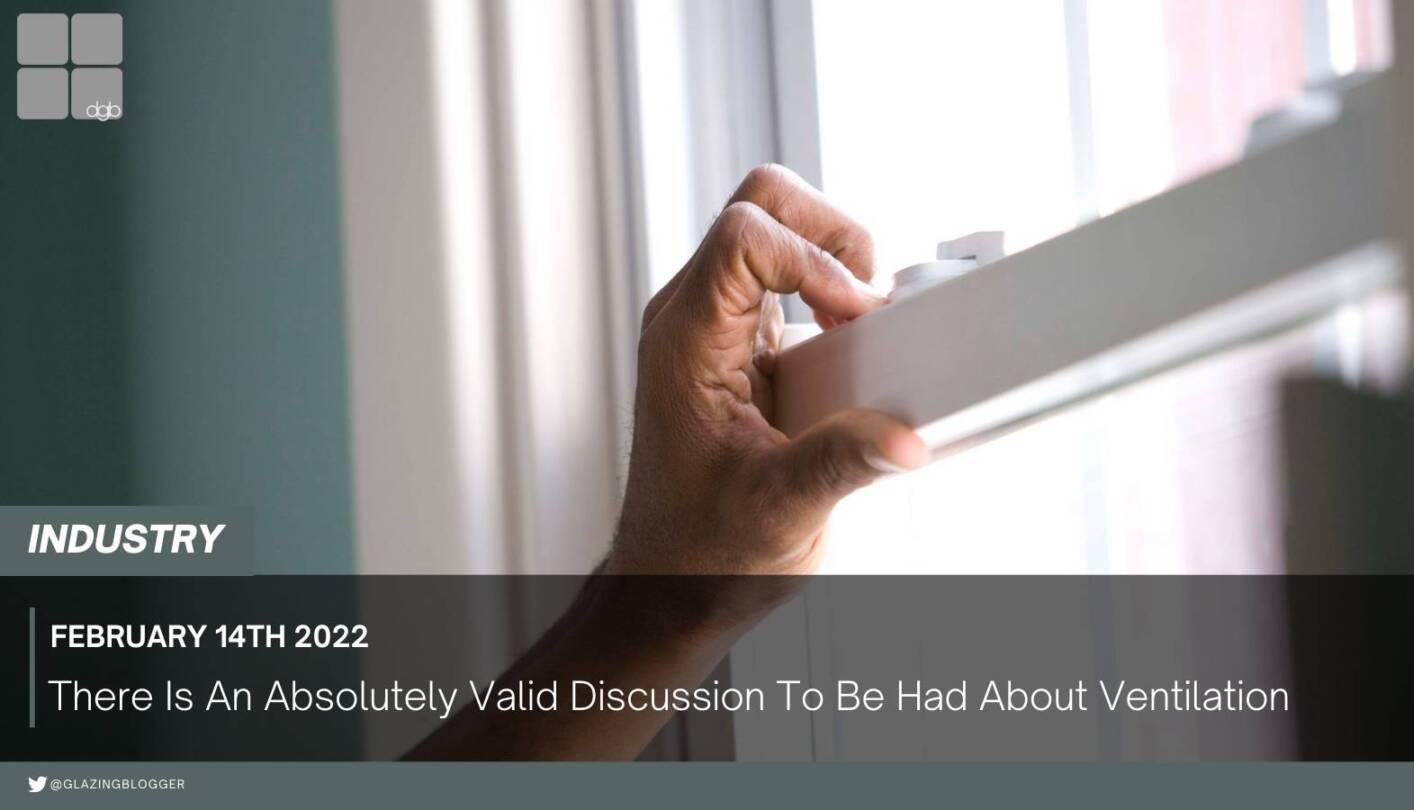
3 minute read
THERE IS AN ABSOLUTELY VALID DISCUSSION TO BE HAD ABOUT VENTILATION
As we approach the time where installers are deliberating on how to implement new guidance to abide by new Building Regulations, specifically on trickle vents, the debate about rules, what you can or cannot do, is going to heat up, with all sides having some skin in the game.
So over the next few weeks, my own advice is to try and cut through the noise and vested interests and listen to what actually matters and what the rules are. Do what is needed to ensure your business follows the rules.
Advertisement
Aside from that, and if we take a wider view of the whole debate, there is absolutely a very valid discussion to be had around ventilation and how our industry can play a part.
Ventilation must be increased
Consider the road construction-based trades have been on over the past couple of decades. We have all been told to make our products and our buildings as insulated and warm as possible.
Loft insulation, cavity wall insulation, floor insulation, new energy-efficient boilers, new energy-efficient windows and doors and even more than that. We have all been doing as much as we can to block up every hole, every gap, all in the aid to keep people and their homes as warm as possible.
It’s a noble and logical thought. Warmth requires heating and heating costs money. So why not make homes require as little heating as possible to save money? It’s only becoming more obvious, and certainly so due to the pandemic, that ventilation actually plays a vital role in keeping a house and those within it healthy.
Problem is, we live in Britain. The weather is garbage for a large portion of the year which leaves most of the population disinclined to ventilate. We’re not a country blessed with the weather that makes you want to throw open the windows and doors and let the outside in.
Nevertheless, if we are going down this path of increased energy efficiency and better airtightness then we are all going to have to talk about ventilation in our homes. We have to.
If you are in sales like I am and you go to see clients in their own homes you will no doubt have come across increasing cases of dampness and mould in homes.
Generally in the corners of bedrooms, bathrooms and kitchens and usually fairly close to the windows. In those cases, I always ask the client how often they open their windows. They nearly always say never. That is what we’re dealing with.
Whether it is security concerns, apathy or weather excuses, we have a population that is averse to ventilating their homes.
Why is there such a problem?
Trickle vent makers will tell you that installers need to simply explain the benefits of trickle vents. If it was that easy, we wouldn’t even be talking about this. The industry is split heavily too.
I have had tweets from system companies who are less than enthused about them, shining light on the money invested to make their profiles as efficient as possible. I feel fabricators are split on the issue, and the vast majority of installers are just not for them.
So why is there such a problem? Ask installers and they will tell you that their aversion to them is driven by the loathing of them by homeowners. Ask fabricators and they’ll tell you installers just do not like them. And so on and so on.
Putting my consumer-facing hat on, and speaking from experience, homeowners tell me they don’t like them because they cannot stand how they look. Many cannot accept any advantages they bring because of how they look. I live in a new-build and all my windows have them on. Looking at the ones I have, I find myself unable to disagree with my clients. They’re unedifying, cheap-looking and unsightly.
Herein lies the problem, but also the solution to breaking down a barrier and starting the ventilation conversation more purposefully. If the industry can start to produce better-looking trickle vents, then we will start to see things change. Yes, there are some concealed trickle vent products out there, but not everyone uses them.
Our industry needs to commit some time and money to the R&D of a range of high quality, aesthetically minimal, noise-resistant and air-tight vents that window systems can adopt across the board. You do that and I can guarantee you that the perception of trickle vents with the public will start to change.
Here’s the good news. We have all the tech and money we need to be able to do it. Our industry has the right minds, the money after a bumper two years, and the tech such as 3D printers to experiment and test until we come up with a product that will unlock the resistance to additional ventilation.
Our industry, as well as others, do have to start talking more about ventilation and what role we can play in making homes more energy-efficient but also more healthy. And that conversation extends to more than just trickle vents.
Educating clients about the benefits of cleaner, fresher air inside a home is something we’re all going to have to do if the road Building Regulations are on continues. We will have to move beyond resisting progress and learn to work with what is changing. Something our industry is generally always allergic to.












